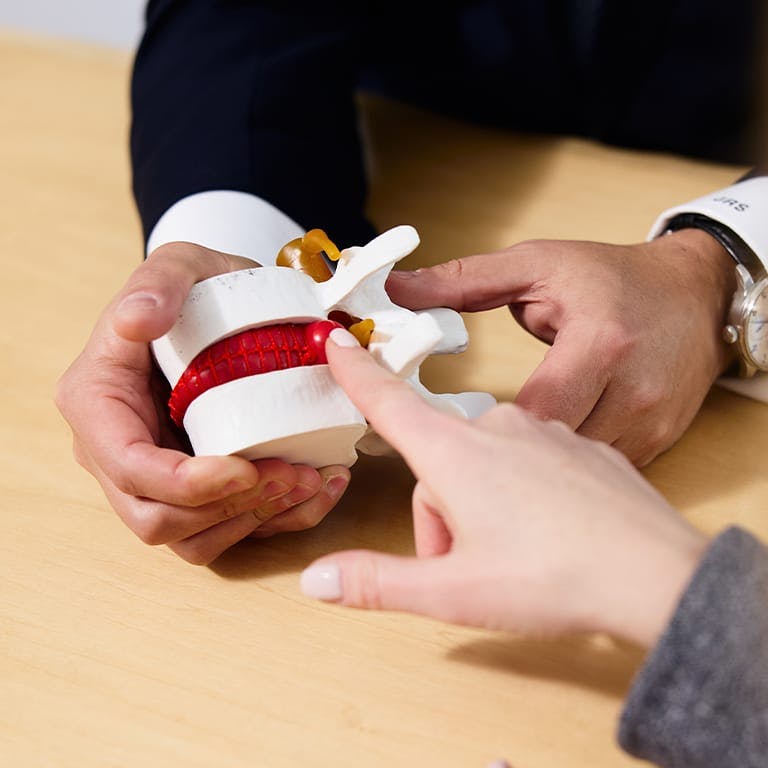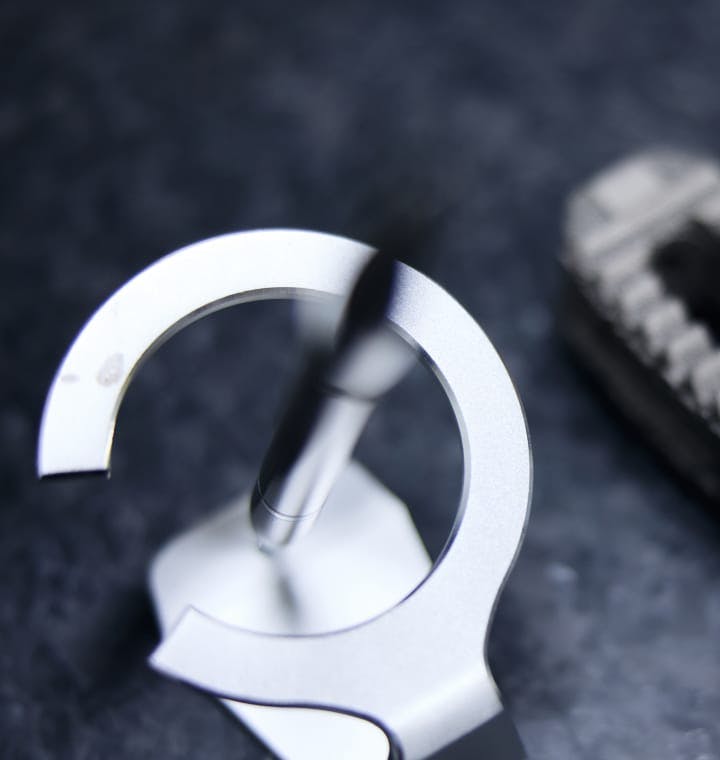Spinal Anatomy
When one piece of your spinal anatomy isn’t working the way it’s supposed to, your whole body can be affected. This means that, in addition to understanding the different regions of the spine, it’s important to understand how each part of your spine, from your vertebrae to each nerve ending, work together to keep your spine healthy, and your body moving.
The spinal cord is a slender cylindrical structure about the diameter of the little finger, contained and protected within the spinal canal. Your brain and your spinal cord make up your central nervous system, while the nerve roots that branch out of the spine into the body form the Peripheral Nervous System.







